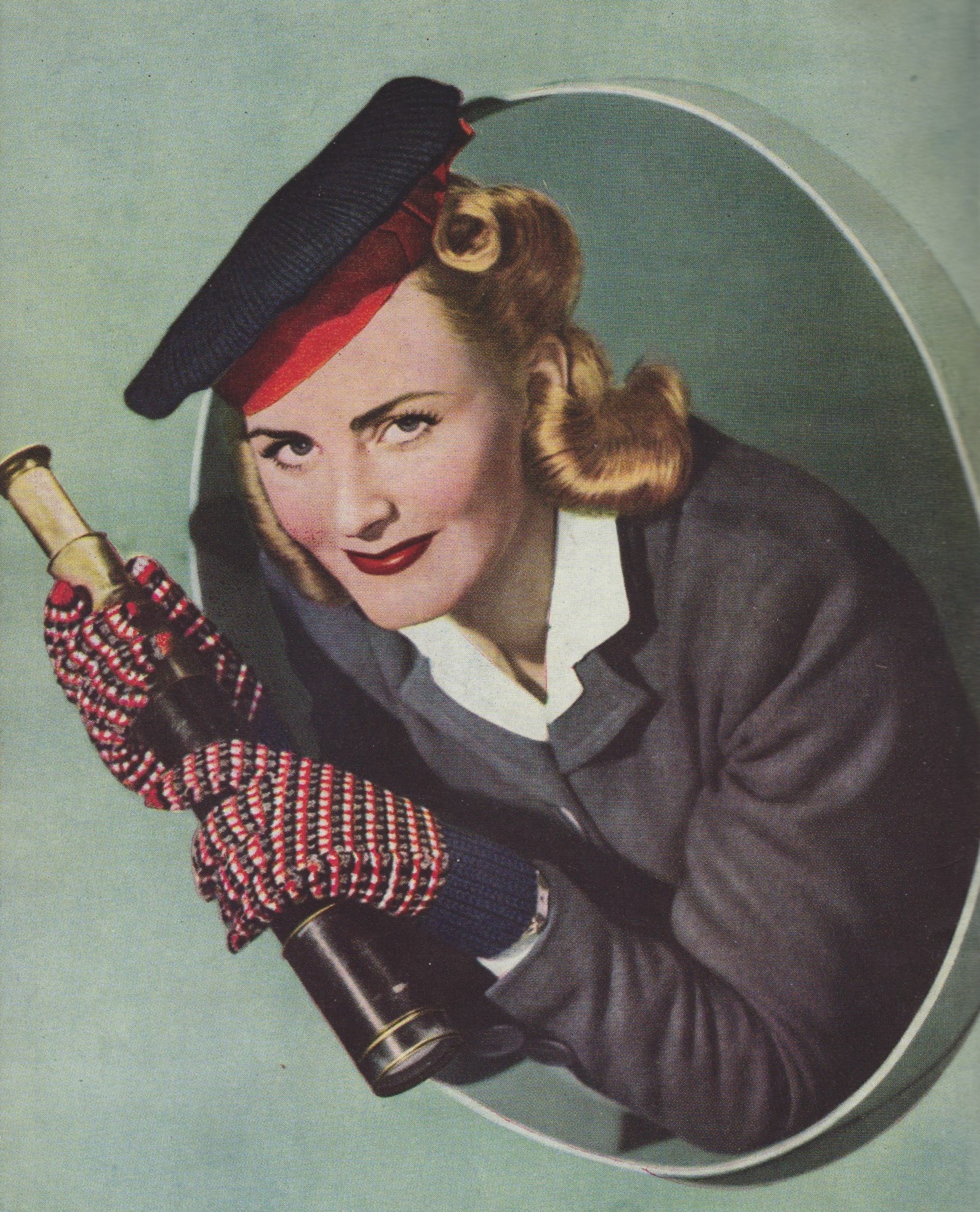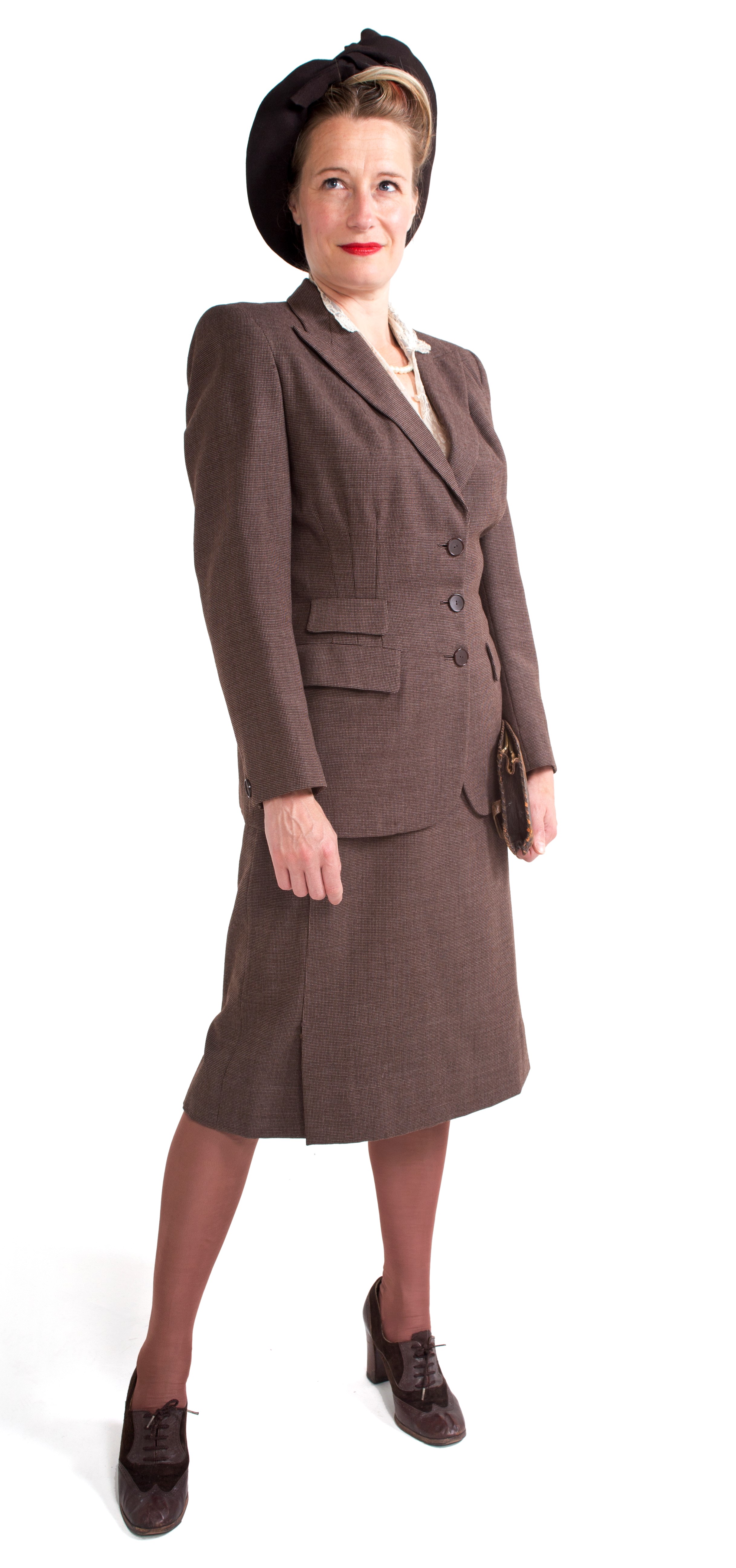The Red Ribbon by Lucy Adlington is out now (Hardback £10.99, Hot Key Books)
Clothes give clues about life in the past, even in recent history. As a dress historian, my job is to explore the language of clothes. Clothes are far from frivolous: I’ve been researching women of World War II who wielded a needle to survive, with particular reference to the dressmakers of Auschwitz.
Here are 8 tips on how clothes can be valuable historical evidence, using 1940s examples.
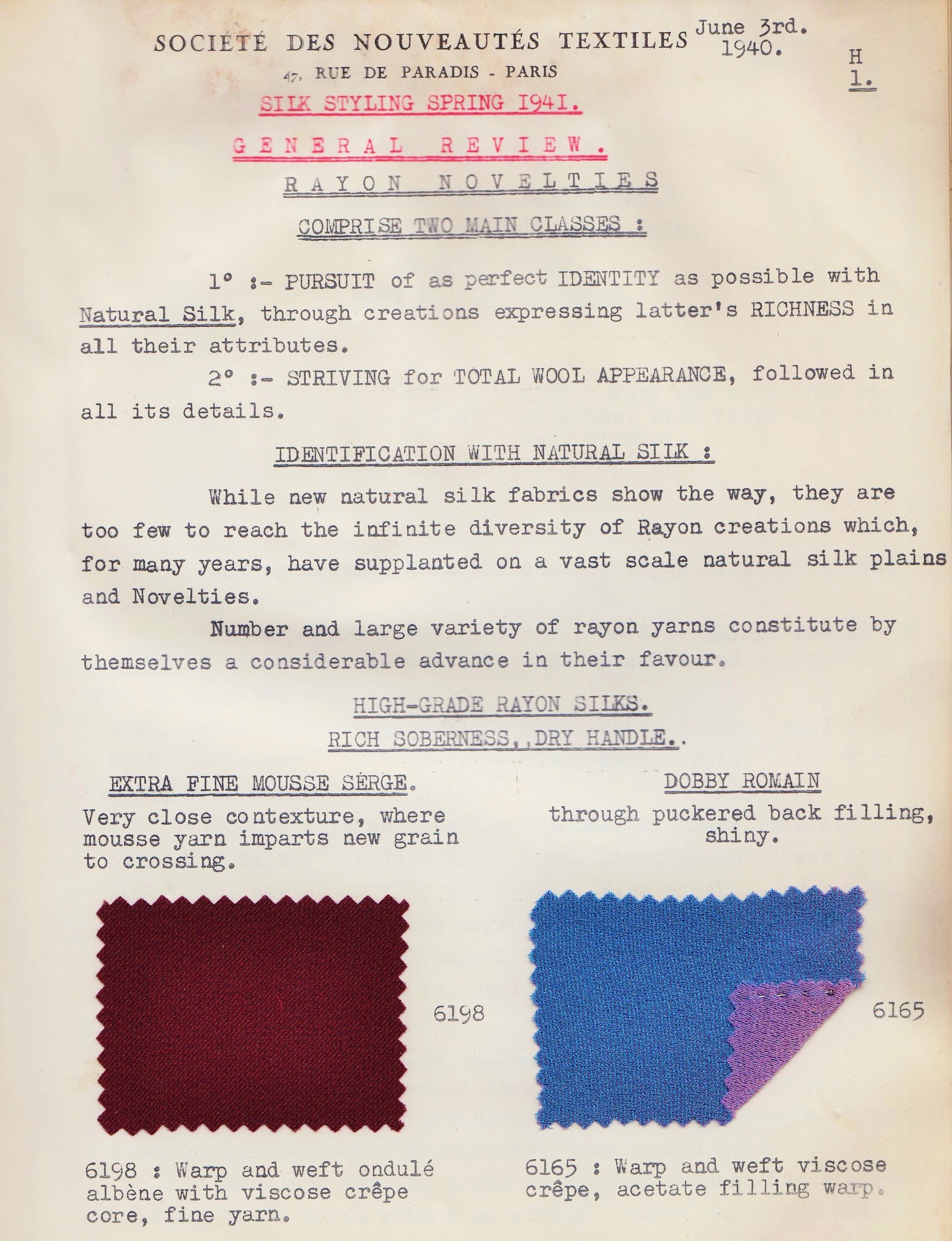
1. Technology
Textiles give fascinating insights into technological innovation. Not only does technology affect body contours and freedom of movement, with the right kit it becomes possible to endure and explore harsh environments. The 1940s see applications of Plexiglas, nylon, cellophane and artificial fur for clothes and accessories.
Even these simple rayon fabric samples – boasting the advantages of artificial fibres – tell a story. Look at the date. Although they are advertised for Spring 1941, they are brought out of Paris June 3rd 1940, just 10 days before a German occupation which would have instant impact on international trade.
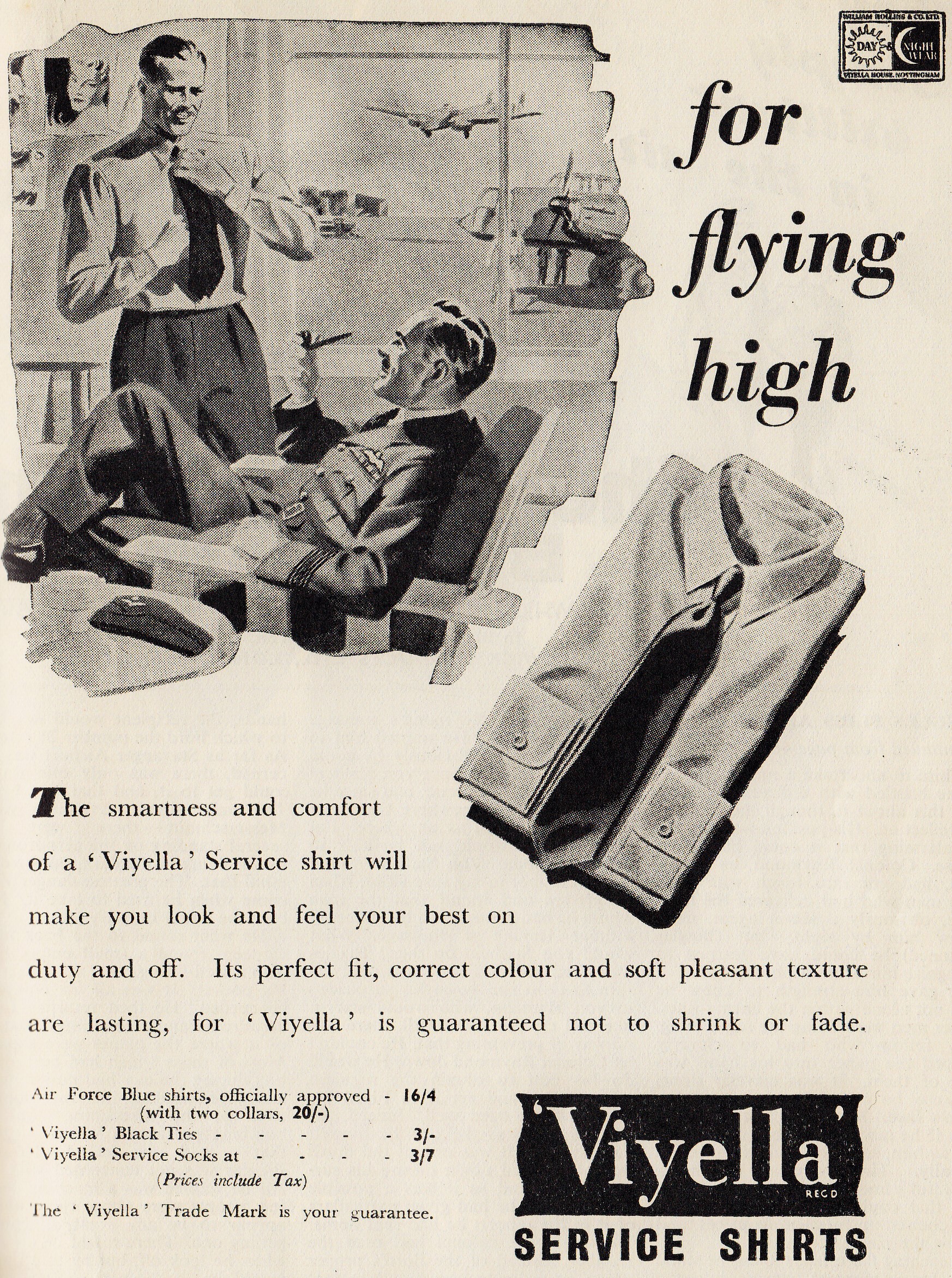
2. Military Ethos
Of course clothes can reflect war, and not just via the uniforms of people in combat. Civilian clothes with military touches – perhaps in buttons, braid, colour and cut – may show an identification with the cause of war and your country’s involvement in it. My two examples are this 1942 crochet pattern for a ‘sailor style’ women’s cap (the featured image at the top of the page) – linking fashion with maritime endeavours, and a 1941 advert for Viyella shirts showing that men can be well-dressed while ‘doing their bit.’
3. Government Control
Government economic policies have direct and indirect impact on clothing. During the 1940s several countries adopted specific regulations to control the use of supplies, staffing and factory space. In the UK, the ‘CC41’ scheme famously limited styles, fabric usage and details, for greater production efficiency. Known as the ‘Utility’ scheme, there were also ‘double-11’ models – such as this smart brown wool suit – produced for foreign export, as a way of boosting government revenues.
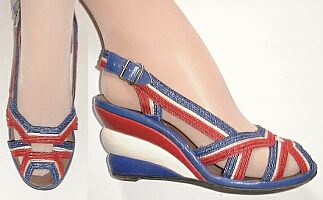
4. Resistance & Allegiance
Clothes often show allegiance to a cause… or rebellion against it. Civilians in occupied territories during WW2 used clothes to show patriotism. This could be a bold statement, such as red-white-and-blue shoes in the USA or tricolour turbans in German-controlled Paris. It could also be more subtle – such as knitting the colours of the Danish national flag onto your sock-tops. The ultimate resistance comes in covert operations. Here, having the right clothes would be crucial to blend in. Attention to detail was everything for SOE operatives parachuting into France to pose as civilians. Specialist tailors were employed to create their operational wardrobe.
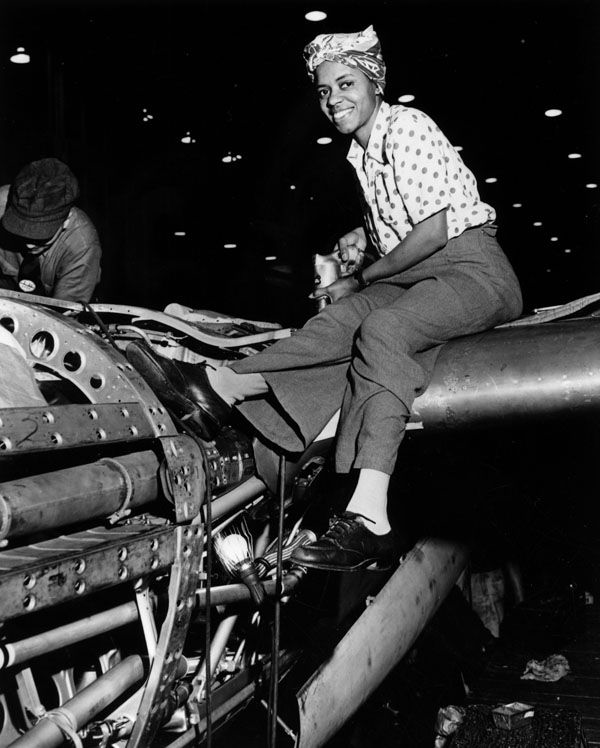
5. Gender
Clothes almost always give insights into gender. War expanded women’s roles in the 1940s (up to a point) sometimes by policy, sometimes by harsh necessity. The power of uniforms should not be underestimated. They can give a sense of united purpose, and generate respect, unlike the flair of fashionable, individualised civilian wear. Clothes in wartime have to be fit for purpose, whether in military service or industrial workplaces. Male-style trousers, first worn openly by Western women during the Great War, are a signifier of changing gender norms in the 1940s. Here, a Californian employee at Lockheed, 1943, wears trousers; also, British Wrens are active in trousers.
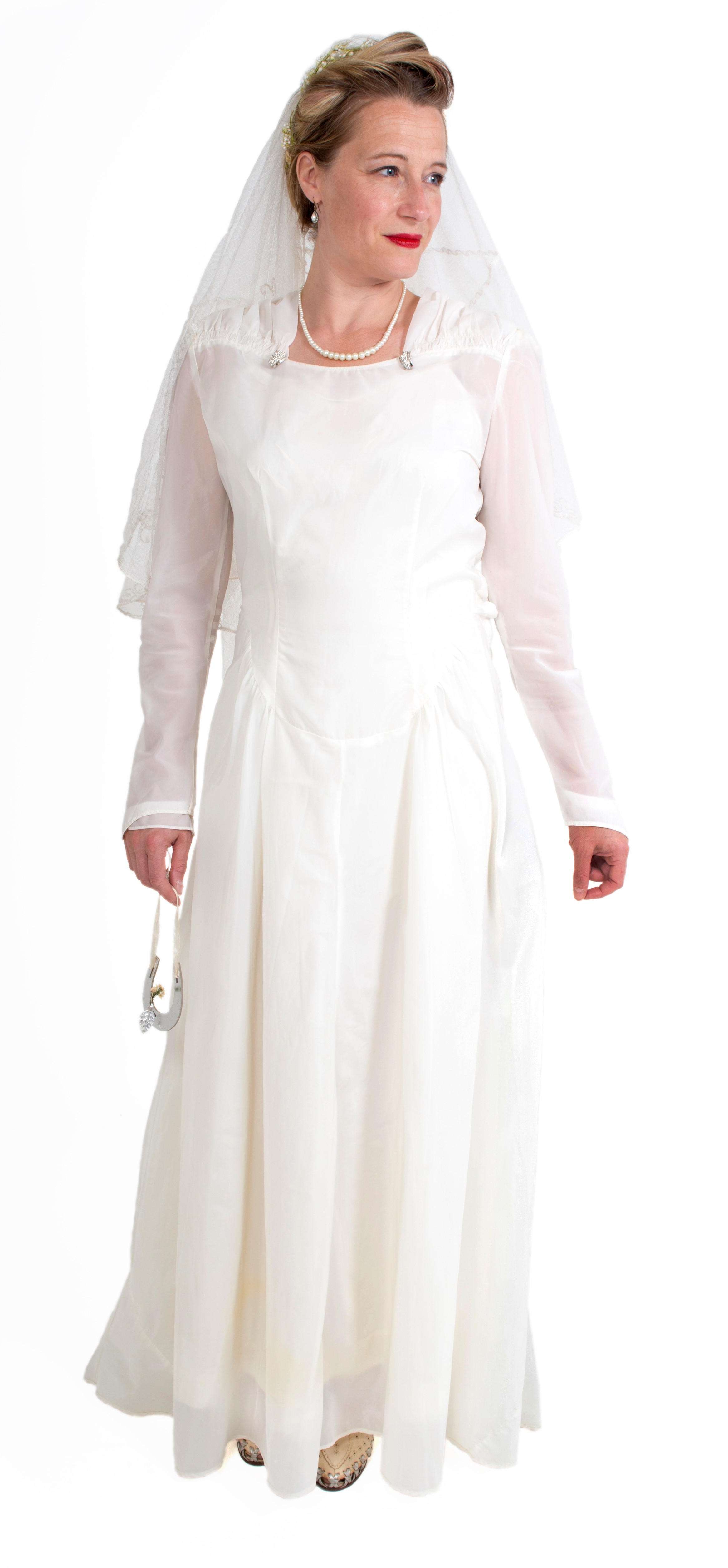
6. Human Resourcefulness
Poverty and shortages breed ingenuity in refreshing a wardrobe and crafting essential clothing from scraps. In the 1940s unsophisticated materials were salvaged for footwear, including wood, raffia, tyre rubber and fishskin. For clothing, flour bags and hessian sacks were useful. Parachutes gave great yardage. One bride of 1945 turned a very modern nylon parachute into a wedding dress, worn here over a slip as it is rather translucent.
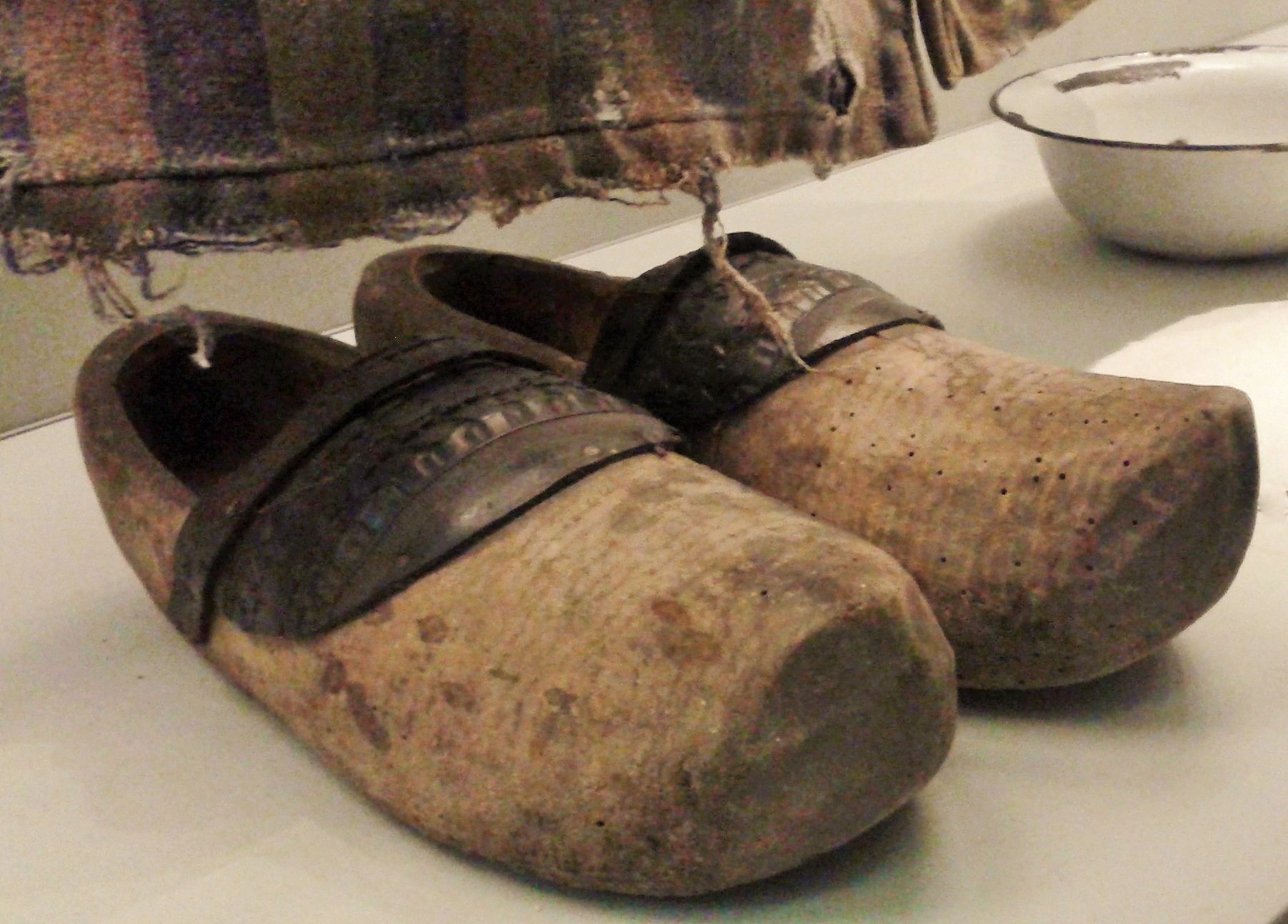
7. Survival
Clothes are crucial for survival. Gas masks, tin helmets, air-raid woollens… all these items resonate with the reality of war. On a basic level, knitted woollen undies of the 1940s reflect life before double glazing or central heating, and the very real importance of keeping protected from the elements as well as from bombs. Survival in the ultimate harsh universe of the concentration camp system or the Gulag was a matter of luck, willpower and clothes. Having shoes – such as these wooden clogs – could mean the difference between life and frostbite (death).
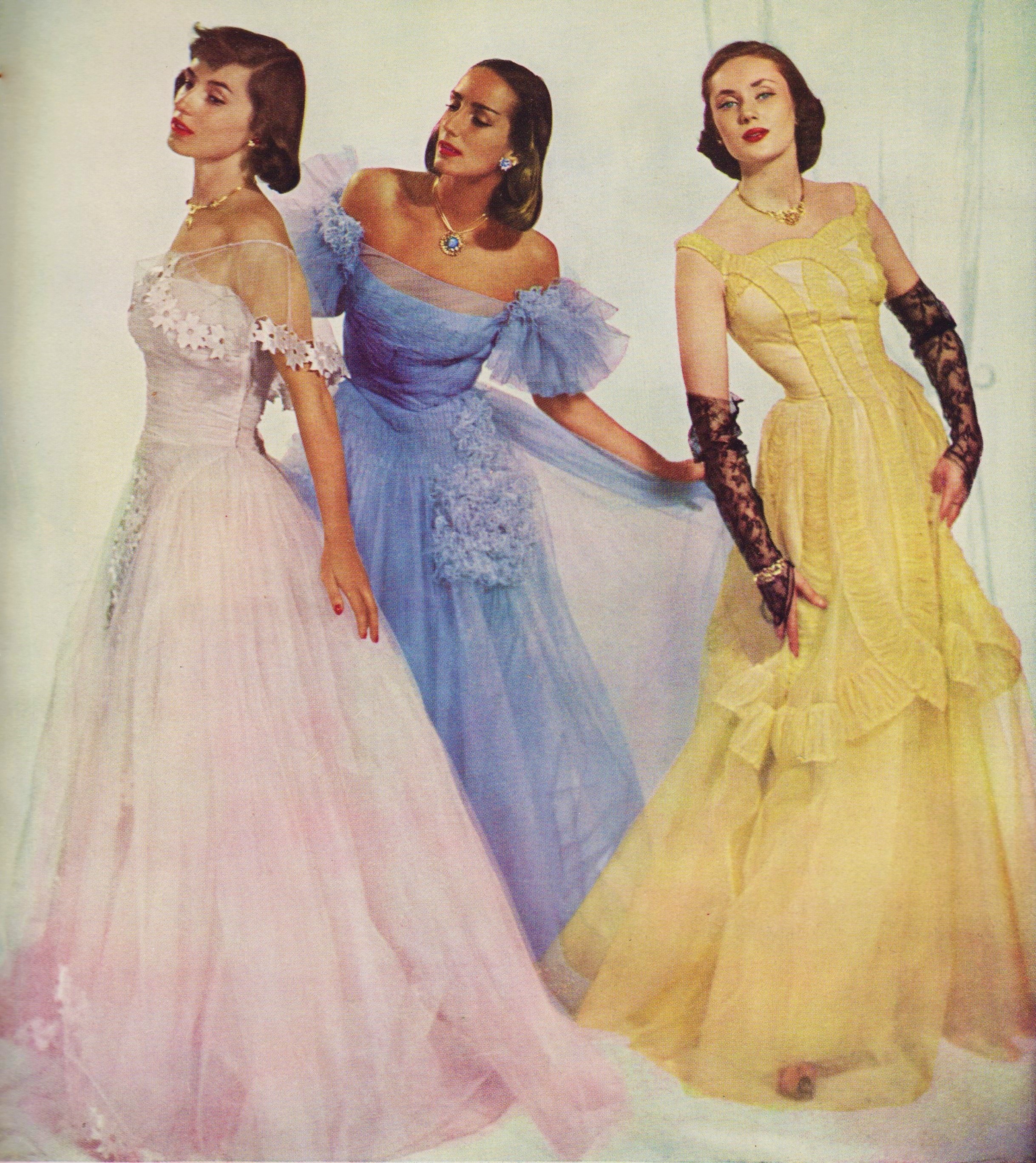
8. Aspiration
Peace brings its own problems: displaced communities, traumatised populations, ruined cities and wrecked economies. Fashion, through exuberant and defiant clothes, is one way to lift the spirits and boost trade as seen in these romantic 1947 evening gowns.
The Red Ribbon by Lucy Adlington is out now (Hardback £10.99, Hot Key Books). For more 20th century social history, subscribe to All About History for as little as £26.
